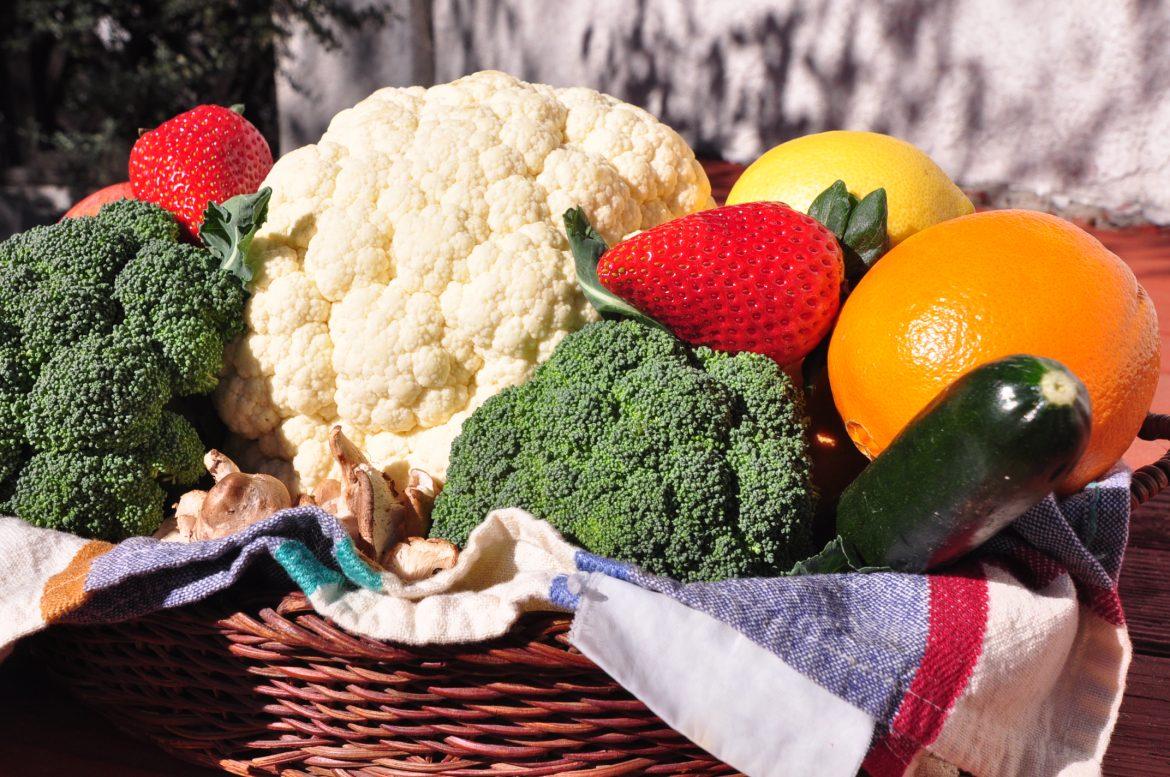The landscape of modern kitchen environments adheres to a structural kinship similar to the chain of command employed by branches of the military. Here, cooks are the soldiers, donning double-breasted coats, aprons and slip-resistant clogs instead of camouflage, helmets and ammunition belts. And, like the military, employees have developed their own jargon to effectively communicate and operate as one cohesive unit.
French culinarian Georges-Auguste Escoffier established the classic kitchen brigade system some time around 1890, following his employ as head chef of London’s prestigious Savoy restaurant. Escoffier was considered among his peers as one of Europe’s premiere chefs, bestowed with the moniker “chef of kings, king of chefs.” As an army chef during the Franco-Prussian War (1870-71), Escoffier modeled [his] kitchen in the image of the military’s hierarchical command. He divided the workplace into six, distinct stations – patissier (pastry), entremetier (entrees), saucier (sauces), poissonnier (fish), rotisserie (roasting), garde manger (pantry) – each with its own specific tasks, leader and crew. The highest-ranking kitchen officials were the chef de cuisine (head chef) and sous chef (deputy chef). They directed the chefs de partie (station chefs), who delegated chefs de commis (junior chefs), who taught chefs de apprentice (apprentice chefs).
Communication is of the utmost importance when working in a kitchen, and over time cooks developed a type of linguistic shorthand. Just as the modern kitchen has evolved, so has the language. Cooks rely on one another to complete orders as expeditiously as possible, while maintaining a level of collectedness that rivals most other team-driven jobs. In case you’re thinking about a future career in the culinary arts, or if you just can’t decipher what it is every cook is constantly yelling about, you’d be wise to equip yourself with these kitchen colloquialisms.
“Yes, chef!”– Should be the first and last words emitted from your measly voice box when addressing the chef. It is a statement of acknowledgment to your superior, never a question.
For example:
(Chef) “Fredericks!”
(Fredericks) “Yes, chef!”
(Chef) “I need three sides of cattle, still mooing. On the fly!”
(Fredericks) “Heard! Three steaks, rare. Six minutes chef!”
Cows & pigs– A menu item [to be cooked] may be connoted by referencing the animal’s biological identification and correlating edible protein, in conjunction with the desired preparation.
Example: Cows or cattle is beef, that can be made into medium-rare steaks
Pigs or swine is pork, that can be made into barbecued short-ribs
Hot behind, sharp behind– A phrase shouted when near/behind a co-worker with a hot item or a sharp utensil, respectively. Failure to take notice could result in serious injury to oneself and/or others.
Down the line, corner– A phrase shouted when a cook wishes to traverse the length of the line or when rounding a blind turn [in a precarious position], respectively.
Walking in– The chef or expediter will inform the line that a large group has entered the establishment and will soon be seated, preparing the kitchen for a rush of simultaneous orders.
Two top, four top, etc.– The number of patrons in a group who are entering the restaurant, waiting to be seated or expected to be ordering.
Push it, sell it– A chef might tell the waitstaff to hype-up a menu item when only a few remain.
Order in– The chef or expediter will inform the line that a guest has ordered, and will then read from the printed ticket and place on the rail or board.
Rail, board– Place where ordering tickets are kept.
All day– The total number of a specific menu items needed to complete the orders on the tickets.
Heard, heard that– Designated cooks should respond to the calling of an order with this phrase.
Firing, dropping– Beginning the initial stage of cooking, typically said aloud to inform the brigade.
Working– The menu item is currently cooking.
Eighty-six (86)– The term used to tell the chef that a certain menu item has been completely sold out. The item will be relayed to the front-of-house (FOH), so any additional orders will be nullified.
Count, remaining– The number of menu items left before it becomes 86’d.
Sub– Substituting a similar ingredient for another.
Stretch– Make additional orders out of what would be considered not enough for what’s needed.
In the weeds, buried– The kitchen is either overwhelmed with new orders coming in or inundated with the current orders yet to be completed.
In the shit, slammed– Too busy to do anything else, so don’t ask.
On the fly– ASAP (because the new waitress forgot to send the order through and now it’s late).
Lagging, behind– This phrase is accompanied by an amount of time or the number of tickets.
Pass, pass line– Where completed orders are placed for final inspection and delivery.
In the window, order up– A completed dish is awaiting final inspection and delivery on the pass.
Dying, dead– Describes a dish that has sat for too long at the pass, rendering it unfit to serve.
Clear rail, clear board– All orders are out (you will rarely hear this).
On the house, comp’d– A complimentary meal or desperate gesture to repair a botched service.
Closing time– Generally, 5-10 minutes prior to the end of service (never order during this time).
Covers– The amount of orders/tickets the restaurant completed during service.
Family meal– A meal prepared for the staff to acquaint themselves with the service’s menu, or a meal made from the remnants or unused foods after the conclusion of service.





